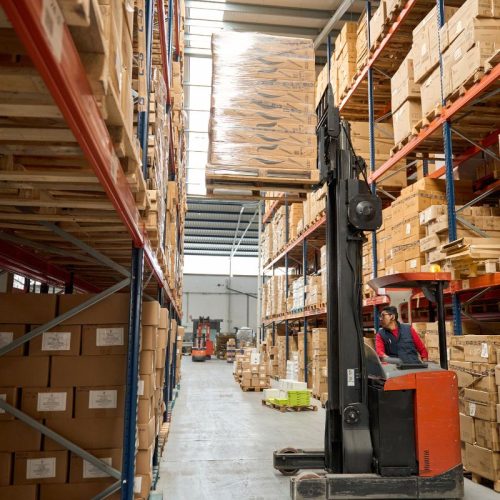As the UK’s logistics and distribution sector continues to grow, so does the demand for high-performance industrial flooring. At the heart of every durable, level, and long-lasting warehouse floor lies one crucial element — the screed.
Whether it’s a regional fulfilment centre, a temperature-controlled warehouse, or a last-mile distribution depot, screeding plays a vital role in ensuring the floor can meet the operational demands of the space.
A Foundation Built for Heavy Duty Use
Logistics hubs experience constant activity: forklifts, pallet trucks, racking systems, and heavy goods vehicles all place immense stress on floor surfaces. A properly installed screed provides:
A level and stable surface for racking, conveyors, and handling systems.
High load-bearing strength to resist cracking and deformation.
Smooth transitions and tolerances for safe, efficient movement of goods and vehicles.
Long-term durability, minimising maintenance and downtime.
Without a high-quality screed, even the most advanced floor finishes or coatings are at risk of early failure.
Precision and Performance
Level accuracy is critical in logistics environments. Racking and automated handling systems rely on precise tolerances, often measured in millimetres. Industrial screeds — whether traditional sand and cement, fibre-reinforced, or self-levelling compounds — provide the flatness and consistency required for modern high-bay storage and robotic systems.
In facilities using automated guided vehicles (AGVs) or conveyor lines, an uneven base can cause costly disruptions. A well-laid screed ensures these systems run smoothly and efficiently.
Speed and Efficiency on Site
Large-scale distribution hubs often work to tight build schedules. Fast-drying and pump-applied screeds help accelerate installation, allowing floor coatings or resin systems to be applied sooner. For logistics clients under pressure to become operational quickly, this time saving can be crucial.
Liquid screeds, in particular, offer the advantage of quick application over large surface areas, ensuring consistency and reducing manual labour on expansive warehouse floors.
Summary
The demands on logistics infrastructure are only increasing. Strong, level and resilient floors reduce wear, maintenance costs and downtime — all critical in 24-hour operations. Screeding may not be the most visible part of the construction process, but it’s one of the most important for long-term performance.
A well-executed screed sets the standard for everything that follows — ensuring that, from the first pallet to the millionth, the floor beneath remains stable, safe, and fit for purpose.

Get a Quick Quote
Floor screeding commenced following consultation with the client and their design team. Interior Screed Group were then instructed to install to the ground floor, 1200g damp proof membrane with a 500g separating layer together with an 85mm thick C40 ultra-rapid drying fibre reinforced floor screed.
Utilising sand and cement floor screed we provided the contractor with the flexibility to to create micro falls therefore enabling us to easily marry up shop and rear entrance thresholds ensuring final floor finishes fitted perfectly.











Take a look at our most recent screeds
Follow our socials